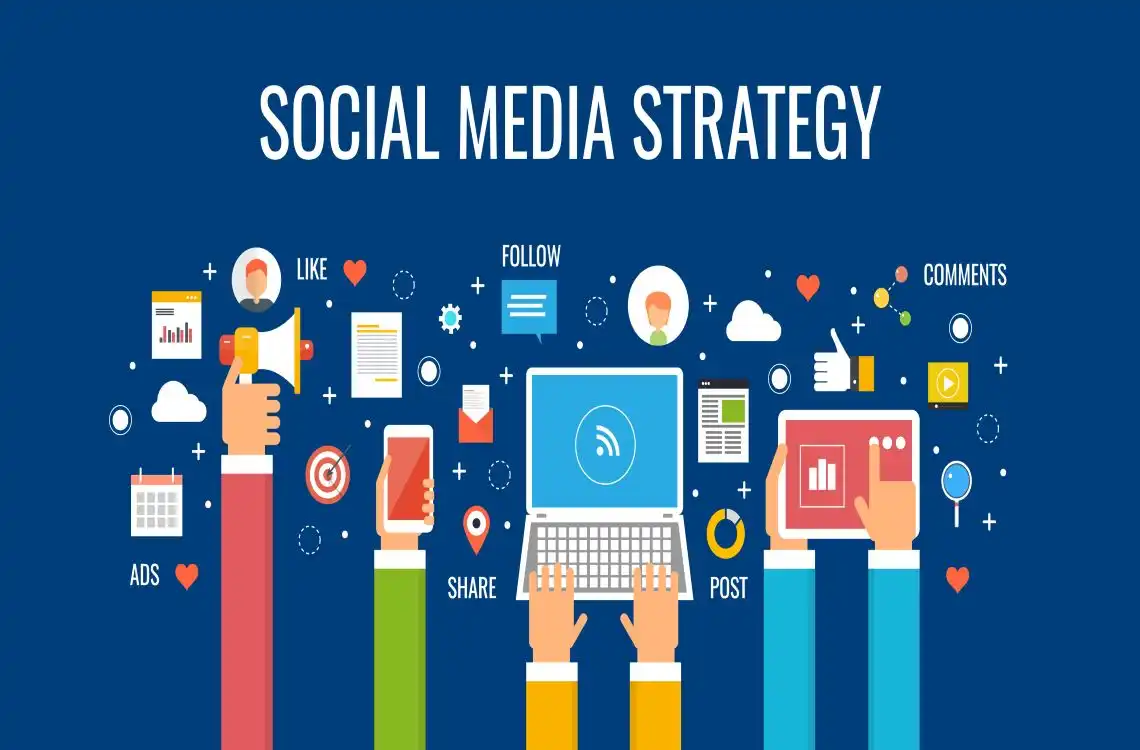
Social media content: 4 examples of great campaigns
02 December 2020
Panchalee Thakur
Educative and supportive. Positive and inspirational. Light-hearted and empathetic.
Social media content this year has taken a whole new tone and is driving a new purpose – of humanising brands. Organisations are using their social media platforms to reach out to customers and partners, offer help whenever they can and show that they care.
That makes complete sense.
Since the start of the pandemic, customers and prospects have been spending much longer hours on social media. A study by GlobalWebIndex that covered internet users across 17 countries has found that since COVID-19, almost half of all consumers have spent more time on social media.
And what are people are looking on these platforms? They want information to stay on top of fast changing developments, educational content to help them grow in their careers and inspiration to tide over the difficult times. They are also looking for entertainment on social media to fill in the hours while being confined to their homes.
Changing stance with the changing times
With changing expectations from users, organisations have redrawn their social media strategies. Companies that had so far only featured client success stories and financial results on LinkedIn are now featuring employees.
A telling example is that of a business process management (BPM) company that ran a campaign on LinkedIn. It showed their employees working from home and not letting lockdowns impact client processes. That is a big change for a BPM company that at another time would not have shown employees managing client operations in a non-formal work environment. But these are different times that need a different approach. A behind-the-scenes look at how their employees are going the extra mile to keep the lights on for their clients’ businesses adds a human touch to its work.
Organisations have now discovered that they can expand the scope of their social media content and engage with their audience in ways that they had not explored earlier. But before they start that, they need to check how the user personas that they had created for their social media accounts may have changed.

Let’s take three examples to understand how a new user persona affects your social media content strategy:
- Many of your followers are mid-career professionals looking to update their knowledge and skills in the digital-first world.
Question to ask: How can I add value to this audience?
Potential content: Blogs and videos by senior executives on talent development and future skills, testimonials of professionals who have upskilled themselves.
2. People are looking for DIY solutions to develop new hobbies and get things done without expert help.
Question to ask: Can I develop a loyal community of users by offering them self-help options?
Potential content: how-to guides and tutorials. Singapore National Parks Board (NParks) converted a huge public response to its free seeds distribution drive in June to build a strong Facebook community. NParks offers gardening masterclasses, virtual tours and demos through its Facebook page and YouTube channel.
3. Your customers are looking to form deeper connections with your brand.
Question to ask: What aspects of my business do I want to showcase that will grow respect for the brand among my customers?
Potential content: employee testimonials, stories about community outreach.
Hence, repurposing content has become an important part of your content strategy. You can get some ideas on how to repurpose content from our earlier blog on that topic.
Examples of recent great social media content
Ikea on Instagram: high on positivity and empathy, light on brand awareness
Ikea Singapore started a #makehomecountikea campaign on Instagram. The company ran a video of Singaporeans going about their everyday lives, doing regular activities with their loved ones at home. It shows children playing at home and a family playing pranks one another. It is a picture of a family happy, comfortable and safe within the confines of their home. There is no mention of Ikea products in the video. At a time when most people are spending a lot of time at home with their family, the campaign strikes a chord with viewers.
So, what does it do to the brand? It portrays a brand that is always in the background, helping families build happy homes, making memories for life. The message is one of a brand that cares and is supportive of your changing needs.
Singapore Ministry of Law on LinkedIn: high on empathy, light on education
Singapore’s Ministry of Law (MinLaw) posted a video in October in LinkedIn that includes interviews of people from different walks of life who have faced challenges due to COVID-19. It shows a couple whose wedding was called off and business owners who are struggling to pay rent. These stories of Singaporeans set the context for the newly introduced Covid-19 Temporary Measures Act and how it seeks to help people like them cope with their peculiar situations. Instead of a purely educative approach of stating the legal provisions and the implications of the new law, it takes an empathetic approach. And that connects well with the audience.
Fragola on Facebook: high on community focus, light on brand awareness
Fragola is a Canadian packaged foods company with a focus on babies and toddlers. In the midst of the crisis, Fragola’s founder, Augustina Valenza, announced on Facebook that she would be giving away boxes of free food to mothers in need. The kind gesture soon received an outpouring of support from the public. Hundreds of mothers messaged Ms. Valenza to convey their appreciation and offered to help her in the initiative. People soon began donating boxes of food, which helped provide momentum to the campaign. Though there was no brand promotion, the campaign did earn the brand a lot of positive vibes in the community.
Getty Museum on Twitter: high on fun and happiness, light on brand awareness
Los Angeles-based J. Paul Getty Museum started a social media challenge on Twitter in April. It asked users to recreate their favourite art pieces by using household items. It resulted in a lot of user-generated content that created enormous hype for Getty Museum on social media. The campaign beautifully connected with its mission of ‘bringing people together through art’. Especially at a time when its patrons and others are feeling isolated due to lockdowns and social distancing. The campaign created many fun and joyful moments for families, even as it subtly reinforced the organisation’s brand messaging.
No organisation can afford to ignore social media. The pandemic has shown that social media will become even more important in the days ahead. Businesses can use it to keep customers informed of developments, address their concerns and queries, connect with them at a deeper level, and develop a sense of community among users. But for a successful engagement, organisations need to have a finger on the pulse of their audience. That will decide the social media content they put out and the bonds they form with their followers.
How can we help? Read about our web and social media content services and tell us what we can do for you.
